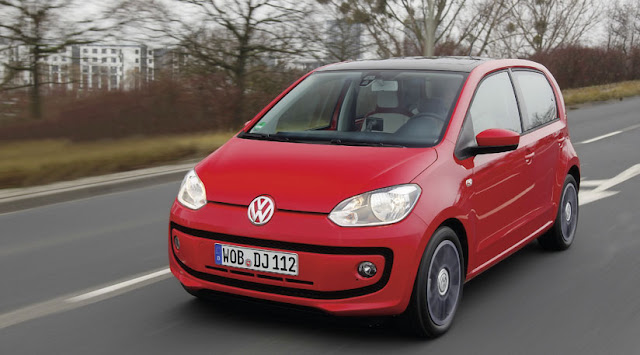An SUV version of the Cinquecento? A baby Jeep built in Europe? Makes
no sense at all? It does to Sergio Marchionne and his team. And if the
products are spot-on in terms of design, engineering and quality, Fiat
and Jeep may actually have a pair of winners on their hands.
Until not too long ago, il capo grande and his team were of
course pursuing a totally different strategy. The idea was to allocate
capacity in the Mirafiori plant in suburban Turin for a compact Alfa
crossover and for the Jeep Compass replacement. But not so anymore.
Instead, the production planners decided to transfer Alfa and Compass
to North America, and to make room in Mirafiori for the next generation
Mito and for two so-called CUVs - crossover utility vehicles - the 500
Fuoristrada (Italian for allroad) and the Jeep Jeepster (name still
tentative).
Fiat 500 Fuoristrada and Jeep Jeepster - here by 2013
All three new arrivals are based on the so-called small wide
components set. Small wide is about Polo-size, also serves the Panda and
the upcoming 500 Multipla minivan, and does comply with all relevant US
regulations. Which it must, because Fiat intends to increase its
Cinquecento portfolio to seven different models all of which will
eventually be available in North-America. Small wide is a modular
all-steel front-wheel drive matrix with awd compatibility.
The Jeep Jeepster, or Jeep Scamp
The Jeepster will be the brand's first product priced under €15,000.
The name rings a bell? So it should: the original Jeepster dates back to
1948, the Jeepster Commando was built between 1966 and 1971, and the
marque also showed a striking V8-engined Jeepster concept in 2005.
But the real revival of the Jeepster idea was in fact known as
project JJ. Kind of a baby Wrangler codeveloped with Renault under
Francois Castaing back in the old days when the shadow of American
Motors was still looming large over Motown, this Suzuki LJ rival turned
out to be a touch too rudimentary even for Rubicon Trail addicts.
The all-new Jeepster - which may actually be badged Scamp when it
comes to market in late 2013 - is more of a downsized, better looking
Compass than a sequel of the JJ and the related 1997 Icon proposal.
Fiat replaces the Sedici with the 500 Fuoristrada
At Fiat, the Cinquecento CUV will replace the Seidici, which is a rebadged Suzuki SX4 built in Hungary.
At Jeep, the new family member will be positioned below the next
Patriot which remains in the current price and size class. Both vehicles
are four-door only with optional AWD, a choice of 1.4-litre Multiair
petrol and 1.6-litre Multijet diesel engines and an available automated
six-speed Dualogic transmission.
While Fiat is reportedly considering a stacked and rugged Cross
version as well as a 160bhp Abarth Esseesse, Jeep may do a higher output
SRT model and an off-road-biased Sahara variant. Despite the common
platform and chassis and the related drivetrains, both brands are of
course preparing bespoke exteriors and interiors.

























